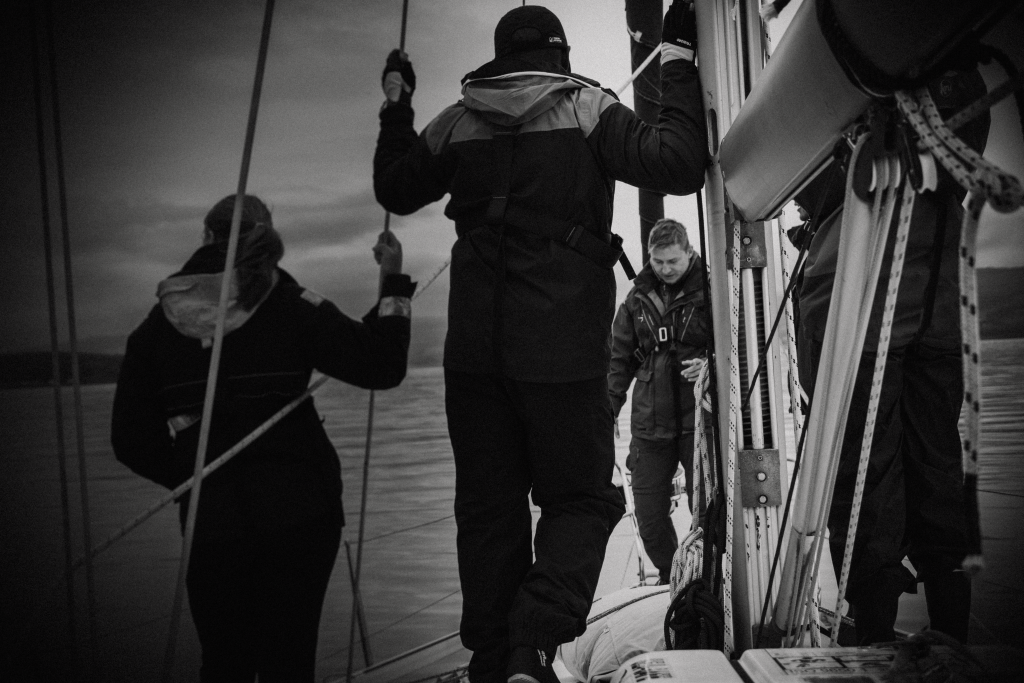We often think that what makes a great skipper is their boat-handling skills—perfect tacks, flawless docking, sharp navigation.
Those things matter, of course.
But after teaching close to 1,000 students how to sail, I’ve learned something that might surprise you:
What truly separates a good skipper from an exceptional one? It’s not just technical skill—it’s how they show up as a leader.
Here are three often overlooked traits that shape exceptional seamanship:
1. Humility
Whether you’re just joining a beginner course, or you’ve sailed around the world with a Yachtmaster ticket, you are never done learning. Complacency is the biggest danger to experienced skippers. Great seamanship requires humility—both toward the ocean and as a skipper.
Humility for the ocean: Regardless of how many miles you have under your belt, or how skilled you are, it’s never a fair fight against the elements. Respecting the sea—and its ever changing conditions—keeps ego from clouding important decisions.
Humility as skipper: The skipper sets the emotional climate onboard, and if a “skipper’s ego” creeps in, it can create an unbalanced and challenging environment. Things like doing the dishes, chipping in with cooking and cleaning—these may not appear like “skipper jobs” at first, but they can really shift the dynamic to one of a team.
Great skippers serve their crew, not the other way around.

2. Calm Leadership
When something unexpected happens on a boat, crew will react to your tone before they react to your instructions.
It’s crucial to stay steady, analyze the problem, and deliver instructions calmly and clearly. Panic is contagious—but so is confidence.
This doesn’t mean suppressing concern or pretending everything’s fine when it’s not. It means acknowledging the situation, assessing it clearly, and guiding your crew through it with a level head.
This is the kind of skill that is hard to learn on a sailing course but comes with conscious experience navigating challenging situations.
What I find helpful is thinking through possible challenging sailing scenarios (What if X went wrong? How would I deal with it?) sitting at home as part of my preparation, and visualize how I would manage that situation in real life.

3. Inclusivity
Whether you’re sailing with family, friends, or clients, it’s important to foster a team environment.
It can be tempting to rely on the same person for certain jobs—sending the same crew member to the bow for anchoring, or choosing the strongest-looking individual to handle the lines. But this creates an unbalanced crew, and people may feel left out or even judged based on their age, gender, or perceived capability (if you’re racing, it is common to have a specific role which we are not referring to here).
Assumptions are often wrong. Someone quiet might be eager to learn. Someone older might have experience, that more than compensates for young muscle!
Create a space where everyone can take part—safely, fairly, and without pressure. Having a crew that works as a team makes a skipper’s life way easier down the road.

If you’re just getting into sailing, see if you can start developing these leadership skills into your skippering from day one. If you’re more experienced, which of these might you want to work on going forward?
No matter our experience level as sailors, there’s always more to learn and these leadership skills will take us further than we think.
P.S. Ready to build or hone these skipper skills onboard? Check out our current sailing course listings.



